A light meter can prove to be an invaluable tool on any film set, allowing you to quickly and efficiently set lights and know the correct exposure values of those lights. Light meters were initially designed for still photographers and cinematographers can easily calibrate them to a given film stock speed for shooting film. But what about today's digital cinematographer? I'm glad you asked. In this video tutorial you'll see how you can use a light meter to quickly and efficiently light a scene, and gain better control over your camcorder's exposure.
To use a light meter in concert with today's digital video camera, you must first obtain the native ISO rating, or "baseline" sensitivity of your camera. Since manufacturers assign a lux rating in place of an ISO rating it is up to you determine the ISO. In the video I will walk you through the steps of setting up a light meter and calibrating it to your camcorder. You will need the following gear to get started:
-Your video camera, make sure no filters of any type are in front of the lens, and ND's are turned off.
-A flat, even light source. A softbox works well.
-A chip chart, or at minimum an 18% gray card.
-A light meter with cine functions, frames per second, and shutter angles. If you need to do shutter angle to shutter speed conversions, check out this post on the math to do those conversions.
-A waveform monitor of some sort if your camera does not have a built in spot meter. FYI, you can hook up your camera to a computer via firewire and use the waveform monitors in most NLEs.
Just updated your iPhone? You'll find new emoji, enhanced security, podcast transcripts, Apple Cash virtual numbers, and other useful features. There are even new additions hidden within Safari. Find out what's new and changed on your iPhone with the iOS 17.4 update.





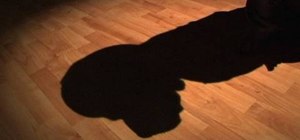
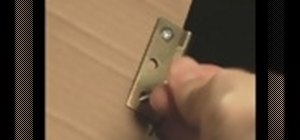




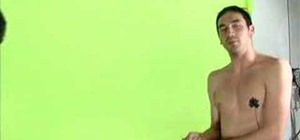
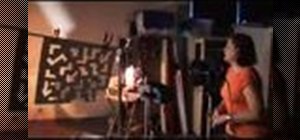
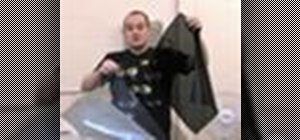


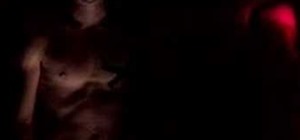
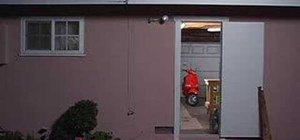


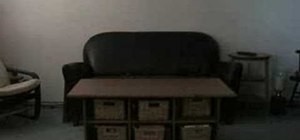


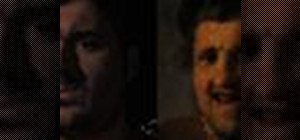

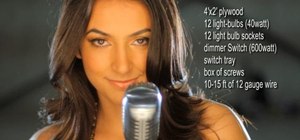
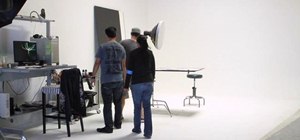
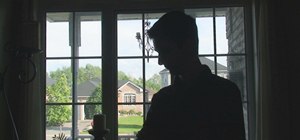
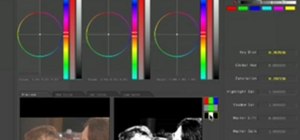
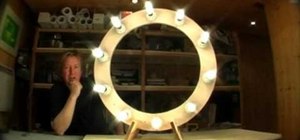

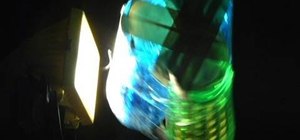

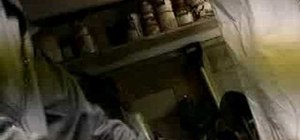
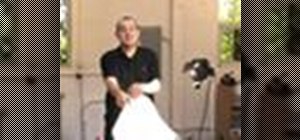
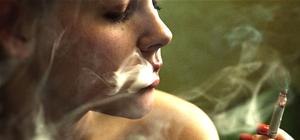
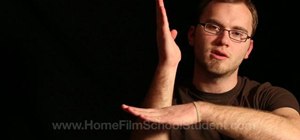

1 Comment
So near and yet ...
The Sekonic spot meter is not calibrated to read the gray card as 50% luminance. The final reading would have been more accurate if the incident meter was used in alignment with how the meter will actually be used after calibration.
Share Your Thoughts